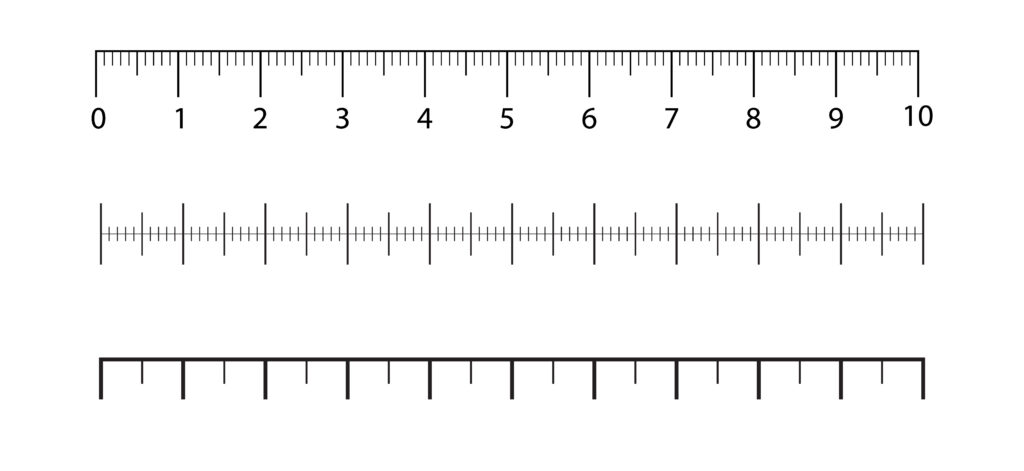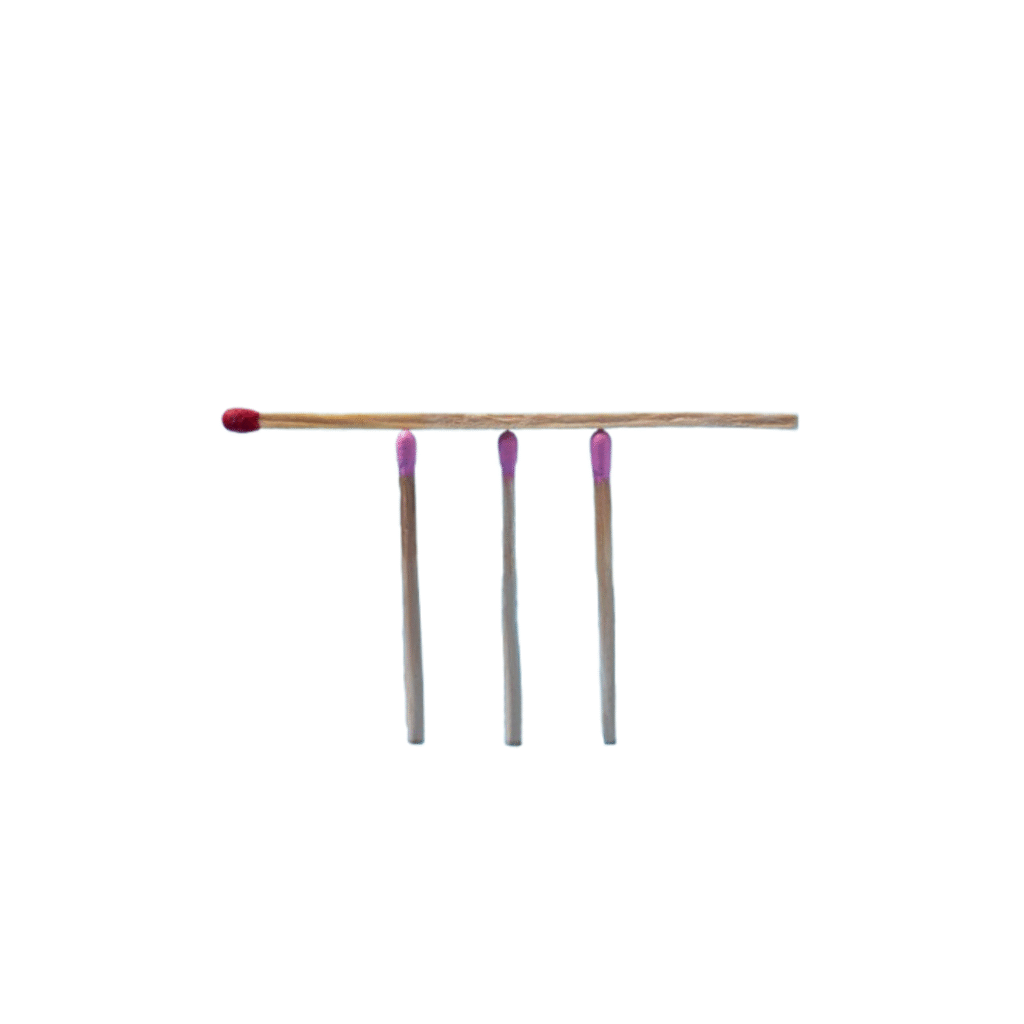Surface Areas and Volumes
Calculate the **volume of a composite solid**—an ice cream cone—by combining the volume of a cone and the volume of a hemisphere.
Help & Instructions
▼- **Set Dimensions:** Adjust the sliders for Cone Height ($h$), Cone Radius ($r_{cone}$), and Scoop Radius ($r_{scoop}$).
- **Calculate:** Use the formulas $V_{cone} = \frac{1}{3} \pi r^2 h$ and $V_{hemisphere} = \frac{2}{3} \pi R^3$ to find the total volume. Use $\pi \approx 3.14$ for estimation.
- **Verify:** Enter your total volume calculation and click "Check Volume."
- Master the formulas for the volume of a cone and a hemisphere.
- Understand that the volume of a composite solid is the sum of its parts.
- Develop precision in volume calculations.
Volume Challenge 🍦
Total Volume = $V_{cone} + V_{hemisphere}$
($V_{cone} = \frac{1}{3} \pi r^2 h$) + ($V_{hemisphere} = \frac{2}{3} \pi R^3$)
Calculated $V_{cone}$: 0.00 | Calculated $V_{hemisphere}$: 0.00
The **Volume of a Combination of Solids** is found by decomposing the figure into simpler, recognizable geometric shapes. The total volume is simply the sum of the volumes of the individual components.
The Mathematics Behind the Puzzles
The total volume $V_{total}$ is calculated by:
$$V_{total} = V_{cone} + V_{hemisphere}$$where $V_{cone} = \frac{1}{3} \pi r_{cone}^2 h_{cone}$ and $V_{hemisphere} = \frac{2}{3} \pi r_{scoop}^3$. Notice that the scoop's radius ($R$) does not necessarily have to equal the cone's radius ($r$).
Calculating composite volumes is essential in:
- **Packaging Design:** Determining the material and capacity needed for complex containers.
- **Construction:** Calculating the volume of concrete or aggregate needed for foundations or irregular structures.
- **Manufacturing:** Estimating the amount of raw material needed for multi-component objects.


